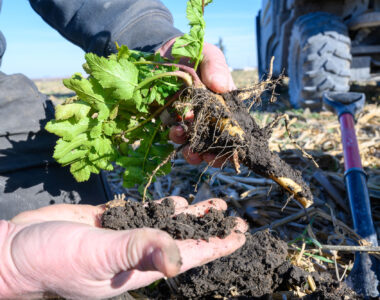
The Trump administration’s USDA relocation plan is moving more than 2,000 employees out of Washington, D.C., raising serious concerns across the agriculture industry. Many agricultural leaders fear the plan will weaken the department’s capacity to serve farmers and erode its institutional strength.
USDA Relocates Key Research Agencies
As part of the USDA relocation plan, the department is transferring staff from two vital agencies—the Economic Research Service (ERS) and the National Institute of Food and Agriculture (NIFA)—to offices outside the capital. Officials say the move will bring the USDA closer to the people it serves. However, employees and advocates argue the plan creates unnecessary disruption.
Most affected staff have not agreed to relocate. As a result, the USDA faces a potential talent drain that could cripple long-standing research efforts and delay essential services for farmers and food systems.
Industry Leaders Push Back
Agricultural groups have voiced strong opposition to the USDA relocation plan. They emphasize that centralizing USDA leadership in Washington ensures clear communication with lawmakers and coordination with other federal agencies. These relationships shape vital programs, including crop insurance, conservation, and emergency response.
Leaders argue that stripping the agency’s base from D.C. reduces its influence and makes it harder to address national agricultural challenges efficiently.
What’s at Risk
By scattering USDA operations, the relocation threatens continuity in food policy, economic research, and rural development. The move risks slowing progress on major issues such as climate resilience, food access, and support for small farms. The potential loss of experienced employees could also lead to a breakdown in institutional knowledge built over decades.
Agricultural advocates continue urging the administration to pause the USDA relocation plan before it causes lasting harm. They believe maintaining a strong, stable USDA presence in Washington is essential for supporting American farmers and the food system they sustain.



